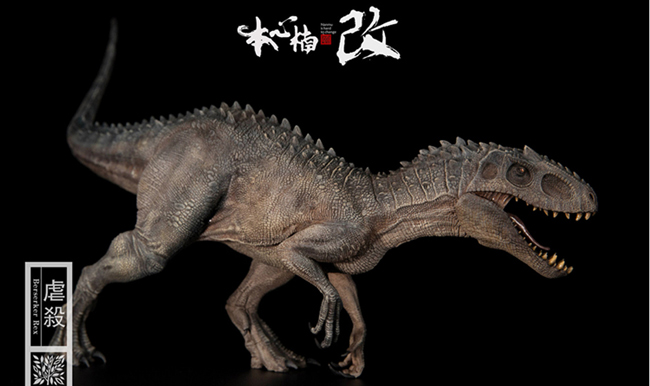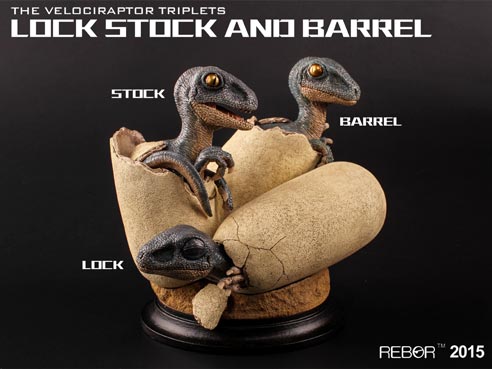Top Ten Prehistoric Animals 2015 – The Top Five
Today, we continue our countdown of the top ten prehistoric animals for 2015. This chart is compiled from various data, such as questions asked by school children during our dinosaur workshops, email requests for fact sheets, product sales, on line comments, blog article views and so forth. Having crunched the numbers we have listed our top ten.
To see the first part of our list: Top Ten Prehistoric Animals 2015 (10-6).
Prehistoric Animals
Now, for that all important top five!
5.) Stegosaurus
Down one place this year, the armoured dinosaur Stegosaurus. This was a favourite amongst Year 1 and Year 2 children with lots of Stegosaurus themed drawings sent into our offices from young dinosaur fans. The popularity of this dinosaur was also boosted by the “Sophie Stegosaurus” exhibition which began this year at the London Natural History Museum. Stegosaurus and “Sophie” also featured in a number of news stories we covered over the last twelve months.
Scientists calculate the weight of Stegosaurus: Sophie the Stegosaurus Weighs in at 1.6 Tonnes.
The Ever Popular Dinosaur Known As Stegosaurus
Picture credit: Everything Dinosaur
4). Triceratops
A slight fall this year for Triceratops, although “three horned face” still ends 2015 as our highest ranked ornithischian. Ironically, Triceratops benefits from the discovery and scientific description of other ceratopsids. Each time a new ceratopsian is named or new fossils found, these fossils, almost inevitably, get compared to the most famous of all the horned dinosaurs. This year has been another boom year for all things ceratopsian (actually for the Marginocephalia* clade as a whole) with lots of new horned dinosaur discoveries such as Wendiceratops and Regaliceratops.
Ceratopsian News Stories
To read more about Wendiceratops: Wendiceratops pinhornensis from southern Alberta.
To learn more about Regaliceratops: A Right Royal Rumble – Regaliceratops.
* Marginocephalia (“fringed heads” includes the Ceratopsia and the Pachycephaliasauria).
3.) Indominus rex
An imaginary dinosaur makes our top five, the first time this has happened since we started compiling this annual list. Originally referred to as Diabolus rex, this huge meat-eating dinosaur proved to be a big hit especially with young dinosaur fans after it starred in the film “Jurassic World”. Such was the hyperbole surrounding this genetically engineered dinosaur that last year, even before the film came out it entered our top ten (number nine). It climbs six places this year to finish in the top three.
Indominus rex – So You Went and Made a New Dinosaur? Probably Not a Good Idea
Nanmu Studio has created a range of prehistoric animals that are reminiscent to the prehistoric animals seen in the “Jurassic Park/Jurassic World” movie franchise: Nanmu Studio Dinosaur and Prehistoric Animal Models.
Velociraptor is at Number Two
2). Velociraptor
Retaining the position of runner-up is Velociraptor. This dromaeosaurid proved popular across a wide range of categories. It was helped by the Velociraptor pack that featured in “Jurassic World”. We should give a vote of thanks to Echo, Charlie, Delta and Blue – the names of the “raptors” from the film. The introduction of the highly collectible set of three hatching Velociraptor chicks from Rebor also boosted this dinosaur’s popularity. The Rebor hatching Velociraptors figure is a limited edition sculpt, only 1,000 models were made, the Rebor range has certainly proved to be a big hit amongst serious dinosaur model collectors.
Helping to Boost the Popularity of the Velociraptor
Picture credit: Everything Dinosaur
With the introduction of more Velociraptor models next year, look out for two from Papo for example, we think that Velociraptor is almost certain to remain in the top five.
To view Everything Dinosaur’s range of Rebor replicas: The Rebor Range of Prehistoric Animal Replicas.
Just before we reveal our number one, time for some honourable mentions. Spinosaurus finds itself just outside the top ten this year, quite a fall for Spinosaurus which was a number five in 2014. Sales of the three new CollectA Spinosaurus models helped but Spinosaurus ends the year just out of our top ten. Smilodon was a high climber amongst the prehistoric mammals and the top ten list in general, as was the pterosaur Dimorphodon. This Early Jurassic flying reptile’s popularity was down to its appearance in the film “Jurassic World”.
The Most Popular Prehistoric Animal is…
1). Tyrannosaurus rex
Topping the charts once again is the “tyrant lizard king” – Tyrannosaurus rex. This dinosaur remains a perennial favourite amongst school children, dinosaur fans and model collectors. Once again we saw a peak in T. rex popularity over the summer months which we attributed to its role, albeit quite a restricted role in the film “Jurassic World”. A confident prediction, since it is that time of year when many pundits look ahead, expect Tyrannosaurus rex to have a role in the sequel which is due out in 2018 (June 22nd 2018). The introduction of a beautiful feathered T. rex model from CollectA also helped to keep this fearsome theropod firmly at number one.
The Amazing Feathered T. rex Dinosaur Model from CollectA
Picture credit: Everything Dinosaur
To see the full range of the CollectA Deluxe scale models: CollectA Deluxe Prehistoric Animal Models.
With “Jurassic World” having dominated the cinemas, well, at least until a certain film came out a few days ago, it seems fitting that we should end our annual review of the top ten most popular prehistoric animals of 2015 with a picture of Tyrannosaurus rex from the film.
Visit Everything Dinosaur’s award-winning website: Everything Dinosaur.










I’m kind of surprised that Stegosaurus is so light – Considering his size, I would have expected him to have been heavier.
Are Dinosaurs in general lighter than mammals, or am I just misunderstanding his size?
Body mass estimates are notoriously difficult to estimate in extinct creatures. In essence, the pneumatised bones of some members of the Dinosauria may have made them lighter than mammals of roughly the same size. With the Stegosauria, the specimen studied at the Natural History Museum was not a fully grown mature animal and adults would have been much larger and subsequently heavier. We estimate that a fully grown, mature S. stenops (the same species as the London Natural History Museum specimen would have weighed close to three tonnes. There is a larger species of Stegosaurus known S. ungulatus, fossils found in Wyoming suggest a total body length in excess of 9 metres. It is likely that a healthy, fully grown specimen of S. ungulatus would have exceeded three tonnes. Of all the terrestrial animals alive today, only bull Indian elephants, the White Rhino and the African Bush or Savannah elephant would have been heavier. With the Dinosauria, the majority of the reptiles in this order had long tails, so they would have been longer than most mammals but their body weight to body volume ratios would have been different to large mammals due to the different proportions of the body parts such at the tail.